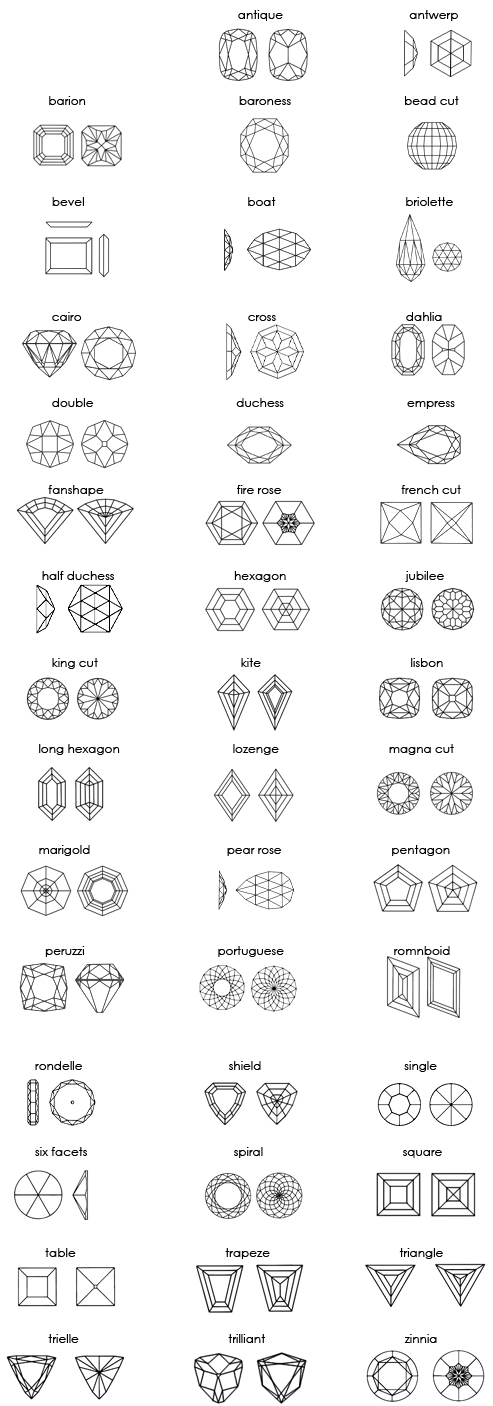Diamond cut (and shapes)
Cut
The cut of a diamond can be ambiguous as it refers to both the shape in a general sense and then the actual cut quality or make in a more detailed description. There are many diamond shapes; the most popular is the round brilliant diamond. The round brilliant is the classic diamond shape and contains 58 facets including the culet. The round brilliant shape is the most expensive as it is usually possible to retain more carat size by cutting to fancy shapes than cut to a round.
The term cut in a accurate sense defines the Diamonds ‘make’, symmetry and dimensions. The diamond's cut influences its ability to handle light refraction and create sparkle, scintillation and life. When a diamond is well cut the diamond's facets will be in alignment and allow light to refract within and then dispersed through the top of the diamond. With perfect light dispersion comes the beautiful diamond sparkle that every girl dreams of.
Girdle
The girdle is the narrow section of the diamond separating the crown from the pavilion and functions as the diamond's setting edge as well as the blunt surface reducing the risk of damage from a blow to that edge. The girdle is measured in relative thickness and the type of finish (polished, faceted, none).
If the girdle is Extremely Thin in these areas, the diamond could be prone to chipping or bruising. Diamonds with Extremely Thick girdles weigh more for their size and may not be as bright as they should be. The bigger girdles are also more visible, especially if they are not faceted.
For round brilliant diamonds, facetted girdles with a thickness in the Thin to Slightly Thick range are generally preferred.
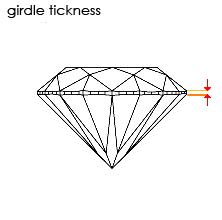
Culet
The facets at the bottom of the pavilion in diamonds are usually intended to come together forming a perfect point. Sometimes the cutter polishes a small facet at the point so that it does not get chipped and this facet is called a culet (pronounced que-let).
instead of passing through like a window. If a culet, which is parallel to the table facet, is too big, the result is that you can see right out the 'hole' the culet appears to make in the center bottom of the diamond. Many large, old fashion shapes like cushions or old miners have larger culets and a window through the diamond.
The culet size determined with 10X magnification, is listed on a certification as pointed (none), very small, small, medium, slightly large, large, very large or extremely large. Most culets that are medium or smaller are not visible to the naked eye.
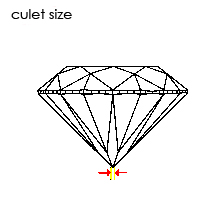
Fancy Shape Cut
When selecting a fancy shaped diamond, all of the 4C's apply as they do for a round diamond. However, several other considerations are important for fancy shapes such as the overall appearance of the outline of the girdle of the stone, the "bow tie" effect and the length-to-width ratio.
Currently the only grading laboratory that provides cut grades for fancy shaped diamonds is the AGS. They introduced a cut grade for princess cut diamonds in early 2005 and a cut grade for emerald cut in the third quarter of 2006. We expect the AGS to be introducing additional cut grades for other fancy shapes in the upcoming months.
Probably the most important aspect for a fancy cut is the general appearance to your eye and that it is appealing and symmetrical. In many fancy shaped diamonds (marquise, pear, oval, emerald and heart shaped), the pavilion facets do not culminate to a point at the tip of the pavilion as they do for a round. Instead, they form an edge, called the "keel line." This line should be centered in the diamond and this form of "culet" should still be as small as possible.
Girdle width will vary between greater extremes on some fancy shapes compared to the round brilliant. These include the marquise, pear and heart, where the girdle tends to be thick or extremely thick at the tips of the stone and in the cleft of the heart-shaped cut. Also, the princess cut, which has square corners, may have an extremely thin girdle in these areas. Since the girdles vary with greater frequency in fancy shapes, attention needs to be paid to extremely thin and extremely thick girdles to avoid danger of chipping or excessive weight.
Bow Tie
The bow tie effect, observed with the unaided eye, is frequently found in marquise, oval, radiant, pear and some heart-shaped diamonds, and is considered a negative factor if prominent. It arises from the variations in the pavilion facet angles required in cutting stones that are longer than they are wide.
The bow tie looks like two dark triangular shapes joined at the point in the center of the stone and looks like a man's black bow tie. While almost every elongated stone has some "bow tie" shadowing, the diamond shopper's goal is to find a diamond with a bow tie that is minimal, absent or not a distraction. This is something that specifications of the diamond do not reveal, only personal inspection.
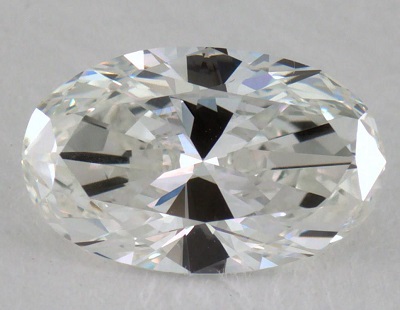
Bowtie effect in an oval shaped Diamond
Diamond symmetry
Diamond symmetry is graded using what appear to be vague adjectives but are in fact precise qualitiy tags:
Ex = Excellent, ID = Ideal [Different terms use by different labs. they are the same quality]
VG = Very Good
G = Good
F = Fair
P = Poor

A symmetry that maximizes the optimal light return is known as Excellent or Ideal, illustrated as perfect below. Diamonds with Premium and Very Good symmetry are well cut diamonds and have an abundant sparkle and presence. Good symmetry represents value for money but will not capture all the potential light return but will have a nice sparkle. Fair and Poor cuts should be avoided as they may be too shallow or deep and have a less than satisfactory performance (as illustrated below, shallow/deep).

Diamond polish
Diamond Polish is also graded like symmetry with what appear to be vague adjectives but are in fact precise qualitiy tags:
Ex = Excellent, ID = Ideal [Different terms use by different labs. they are the same quality]
VG = Very Good
G = Good
F = Fair
P = Poor

These quality codes define the finished surface of the diamonds facets. A diamond can have different textures and direction of the carbon composition. This means that when polishing a diamonds facets different directional movement and various degrees of coarseness will give a better finish or polish. Diamond polish can be compared to sanding wood, cutting meat or painting; there is a general direction and texture to be observed for excellence. An excellent or very good polish will perform better than a good polish and a fair or poor polish could have noticeable blemish marks and should be avoided. General value and performance can be found with Good to Very Good polish with ExcellentIdeal Polish a premium for the best finish.
Heart & Arrows
Hearts and Arrows are a visual spectacle within certain diamonds. This pretty pattern was first recognised by the Japanese in the 1980’s using a viewing scope gadget. Viewing hearts and arrows (H & A) patterns in diamonds does not guarantee excellent or ideal symmetry. It is true that perfect hearts and arrows means that facets have been well aligned but there are many different shaped hearts and arrows, simply viewing this phenomenon isn’t proof of a well cut, well proportioned diamond. If the heart is split and not perfectly formed it fails and should the arrow shafts not align with the arrow heads then they too fail. Very precise analysis is required to ascertain the perfect shape of the hearts and arrows and this must be performed under near microscopic conditions using the novel toylike ‘Hearts and Arrows Scope’. There are 8 hearts and 8 arrows, if any one of these 16 patterns does not perfectly align it is not true H & A. Although nice to have there is a premium attached to the visual ‘bonus’; also note that once the diamond is set in a ring the hearts will no longer be visible for this reason if your not a collector, investor or a connoisseur focus should be on the reported symmetry ie: Excellent/Ideal, Very Good, Good, Fair, Poor. It’s interesting to note that any cubic zirconia (CZ) which is an artificial synthetic diamond bought for a few cents will almost always show H & A in fact we have marketing paper weights the size of tennis balls that show Hearts and Arrows so don’t be too taken by this cleaver marketing visual.
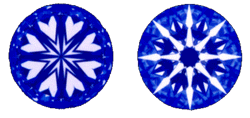
Summary
In summary it is important to have a quality cut diamond and more emphasis is now placed on excellent and ideal cuts to which there is a premium. Very good symmetry is still a quality diamond and these represent good value and performance. Good symmetry is suitable for shoppers on a tight budget with better carat size and clarity taking preference. A good cut will still sparkle and does represent value although a very good cut is a benchmark to achieve. Fair and Poor cuts should be avoided when possible as they will leak light and be visually unspectacular. Review the cut grades on a reputable diamond certificate.

Shapes
Round brilliant cut
|
WDB SPECIFICATIONS FOR ROUND BRILLIANT CUT DIAMOND |
||
|
|
Ideal cut |
Very fine cut |
|
Total depth% |
59-63% |
59-63% |
|
Table% |
52,4-57,5% |
51,4-62% |
|
Girdle tickness |
Thin-medium |
Very thin-thick |
|
Culet |
None-medium |
None-medium |
|
Polish |
Excellent-very good |
Excellent-good |
|
Symmetry |
Excellent-very good |
Excellent-good |
|
Length to width ratio |
+/- 1 to 1 |
+/- 1 to 1 |
|
Crown angle |
33.7-35.8 Degrees |
32.2-36.8 Degrees |
|
Crown height% |
15%-16.2% |
13.1%-16.2% |
|
Pavillon angle |
40.5-41 Degrees |
39.7-41.7 Degrees |
|
Pavillon depth% |
42.2-43.8% |
41.7-44.8% |
Princess cut


|
WDB SPECIFICATIONS FOR PRINCESS CUT DIAMOND |
|
|
|
Ideal to very fine cut |
|
Total depth% |
65-80% |
|
Table% |
65-80% |
|
Girdle tickness |
Very thin-thick |
|
Culet |
None-medium |
|
Polish |
Excellent- good |
|
Symmetry |
Excellent- good |
|
Length to width ratio |
1.0- 1.4 to 1 |
Oval cut
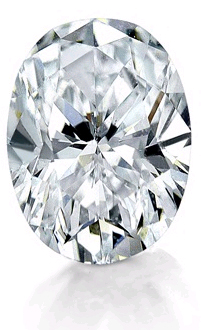
.
|
WDB SPECIFICATIONS FOR OVAL CUT DIAMOND |
|
|
|
Ideal to very fine cut |
|
Total depth% |
62-68% |
|
Table% |
50-62% |
|
Girdle tickness |
Very thin-thick |
|
Culet |
None-medium |
|
Polish |
Excellent- good |
|
Symmetry |
Excellent- good |
|
Length to width ratio |
1.3- 1.7 to 1 |
Cushion cut

Antique cushions
Asscher cut
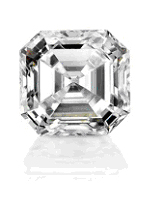
Heart shape

|
WDB SPECIFICATIONS FOR HEART SHAPE DIAMOND |
|
|
|
Ideal to very fine cut |
|
Total depth% |
50-60% |
|
Table% |
50-66% |
|
Girdle tickness |
Very thin-thick |
|
Culet |
None-medium |
|
Polish |
Excellent- good |
|
Symmetry |
Excellent- good |
|
Length to width ratio |
0.9- 1.2 to 1 |
Pear shape
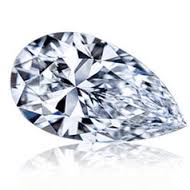
|
WDB SPECIFICATIONS FOR PEAR SHAPE DIAMOND |
|
|
|
Ideal to very fine cut |
|
Total depth% |
62-68% |
|
Table% |
50-62% |
|
Girdle tickness |
Very thin-thick |
|
Culet |
None-medium |
|
Polish |
Excellent- good |
|
Symmetry |
Excellent- good |
|
Length to width ratio |
1.5- 1.75 to 1 |
Radiant cut
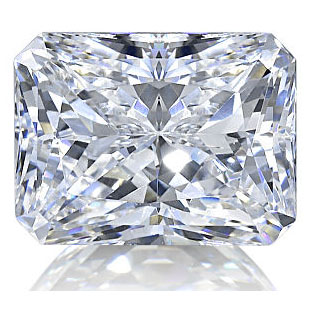
|
WDB SPECIFICATIONS FOR RADIANT CUT DIAMOND |
|
|
|
Ideal to very fine cut |
|
Total depth% |
65-80% |
|
Table% |
65-80% |
|
Girdle tickness |
Very thin-thick |
|
Culet |
None-medium |
|
Polish |
Excellent- good |
|
Symmetry |
Excellent- good |
|
Length to width ratio |
1.1- 1.5 to 1 |
Marquise cut(or navette)
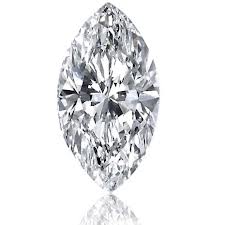
|
WDB SPECIFICATIONS FOR MARQUISE CUT DIAMOND |
|
|
|
Ideal to very fine cut |
|
Total depth% |
62-68% |
|
Table% |
50-62% |
|
Girdle tickness |
Very thin-thick |
|
Culet |
None-medium |
|
Polish |
Excellent- good |
|
Symmetry |
Excellent- good |
|
Length to width ratio |
1.7- 2.2 to 1 |
Emerald cut
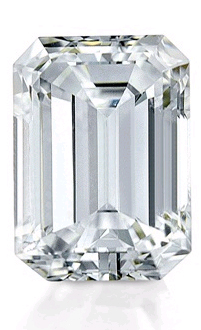
|
WDB SPECIFICATIONS FOR EMERALD CUT DIAMOND |
|
|
|
Ideal to very fine cut |
|
Total depth% |
65-75% |
|
Table% |
65-75% |
|
Girdle tickness |
Very thin-thick |
|
Culet |
None-medium |
|
Polish |
Excellent- good |
|
Symmetry |
Excellent- good |
|
Length to width ratio |
1.35- 1.65 to 1 |
Trilliant cut
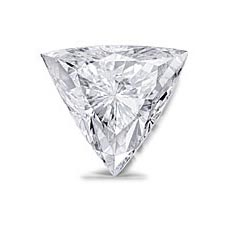
Other shapes

Old shapes
